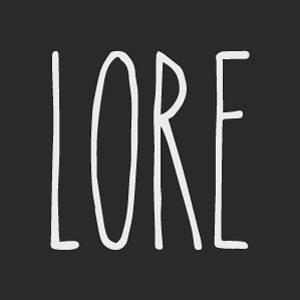Bender, Lauretta, and B. Frank Vogel. "Imaginary companions of children." American Journal of Orthopsychiatry #11.1 (1941): 56-62. https://archive.org/details/imaginary-companions-of-children-lauretta-bender-m-frank-vogel/page/61
David-Neel, Alexandra. Magic and Mystery in Tibet. (Penguin Books, 1931) chrome-extension://efaidnbmnnnibpcajpcglclefindmkaj/https://www.theosophy.world/sites/default/files/ebooks/magic-and-mystery-in-tibet1931.pdf
“The History of Tulpamancy.” Tulpa.io. September 24, 2018. https://tulpa.io/history-of-tulpas
Lovecraft, H.P. Selected Letters V. (Arkham House, 1976). Letter 5.335. (H. P. Lovecraft to Virgil Finlay, 24 Oct 1936)
“Man Resurrects Childhood Imaginary Friend Using AI. Then It Tried To Murder Him.” IFL Science. April 20, 2022. https://www.iflscience.com/man-resurrects-childhood-imaginary-friend-using-ai-then-it-tried-to-murder-him-63378
Mikles, Natasha L. and Joseph P. Laycock. “Tracking the Tulpa.” Nova Religio: The Journal of Alternative and Emergent Religions Vol. 19, No. 1 (Aug., 2015), pp. 87-97 https://www.jstor.org/stable/10.1525/nr.2015.19.1.87
Night-gaunt. Lovecraft Wiki. https://lovecraft.fandom.com/wiki/Night-gaunt
Svendsen, Margaret. “Childrens’ Imaginary Companions.” Archives of Neurology & Psychiatry Vol 32 Iss 5.(1934). Pp 985-999 https://archive.org/details/sim_american-medical-assoc-neurology-psychiatry_1934-11_32_5
Taylor, Margery. “The Illusion of Independent Agency: Do Adult Fiction Writers Experience Their Characters as Having Minds of Their Own?” Imagination, Cognition and Personality Volume 22, Issue 4 (June 2003). https://doi.org/10.2190/FTG3-Q9T0-7U26-5Q
“The Truth About Imaginary Friends.” Science Friday. May 25, 2016. https://www.sciencefriday.com/articles/the-truth-about-imaginary-friends
